We are launching a new section on our website where games industry experts share insights into their professions. In today’s article, Valeriya Berlenko, content producer at Cubic Games (part of the GDEV holding), explores the unique role and responsibilities of a concept artist.
![]()
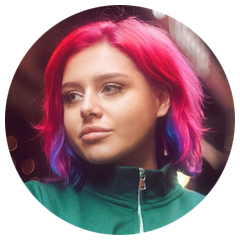
Valeriya Berlenko
What is a Concept Artist?
A concept artist is a generator and visualizer of ideas.
Whether it’s creating a character for a movie, designing a game location, or sketching a car for real life, everything starts with a concept.
It’s important to note the difference between concept art and illustration. The goal of concept art is to design how something will look and function. On the other hand, an illustration tells a story or conveys a narrative.
The tasks of a concept artist also differ from those of 2D and 3D artists. You could say that the concept artist creates the “foundation” for the work that 2D and 3D artists will build upon.
A concept artist should have a basic understanding of game design to create the right mood and vision for the concept they’re developing.
Essentially, concept artists “solve” a task they receive from a client, translating text into visual art.

What are the responsibilities of a Concept Artist?
Within the game development industry, a concept artist is primarily a creator and an innovator.
If I had to describe the work of a concept artist in one word, it would be “exploration.”
A concept artist is always searching for the best solution, taking into account various factors. These include the producer’s vision, the needs and expectations of the target audience, the technical constraints of the project, as well as aesthetic, moral, ethical, and religious considerations. All these elements and more influence the development process and the final product.
Typically, concept artists specialize in specific areas — some focus solely on character design, while others might specialize in weapons, and so on.
In our company, we have generalists, artists who can conceptualize characters, weapons, environments, and more.
The primary responsibilities of a concept artist at our studio include:
- Creating sketches and illustrations that visualize the client’s ideas (usually those of game designers);
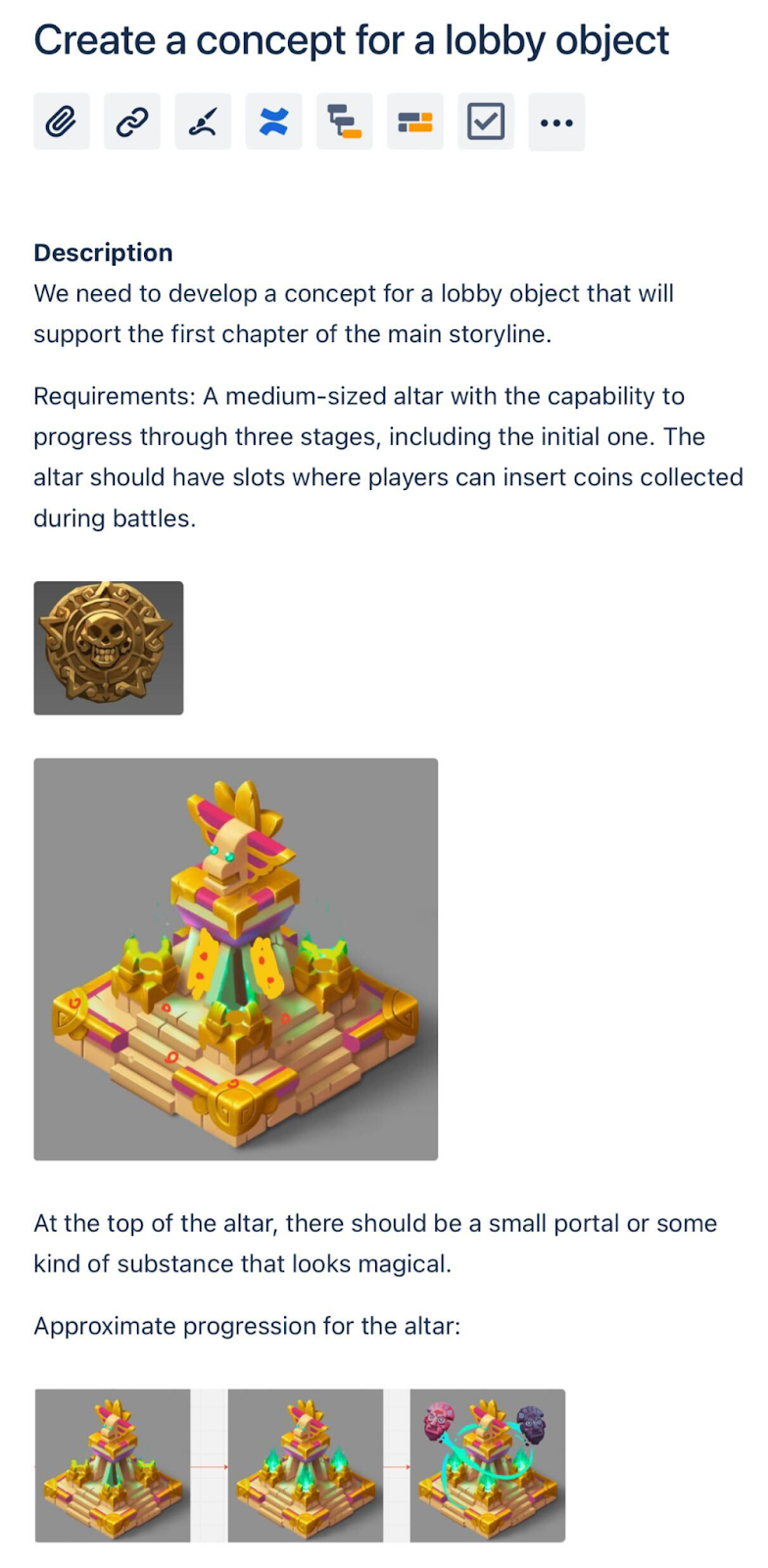
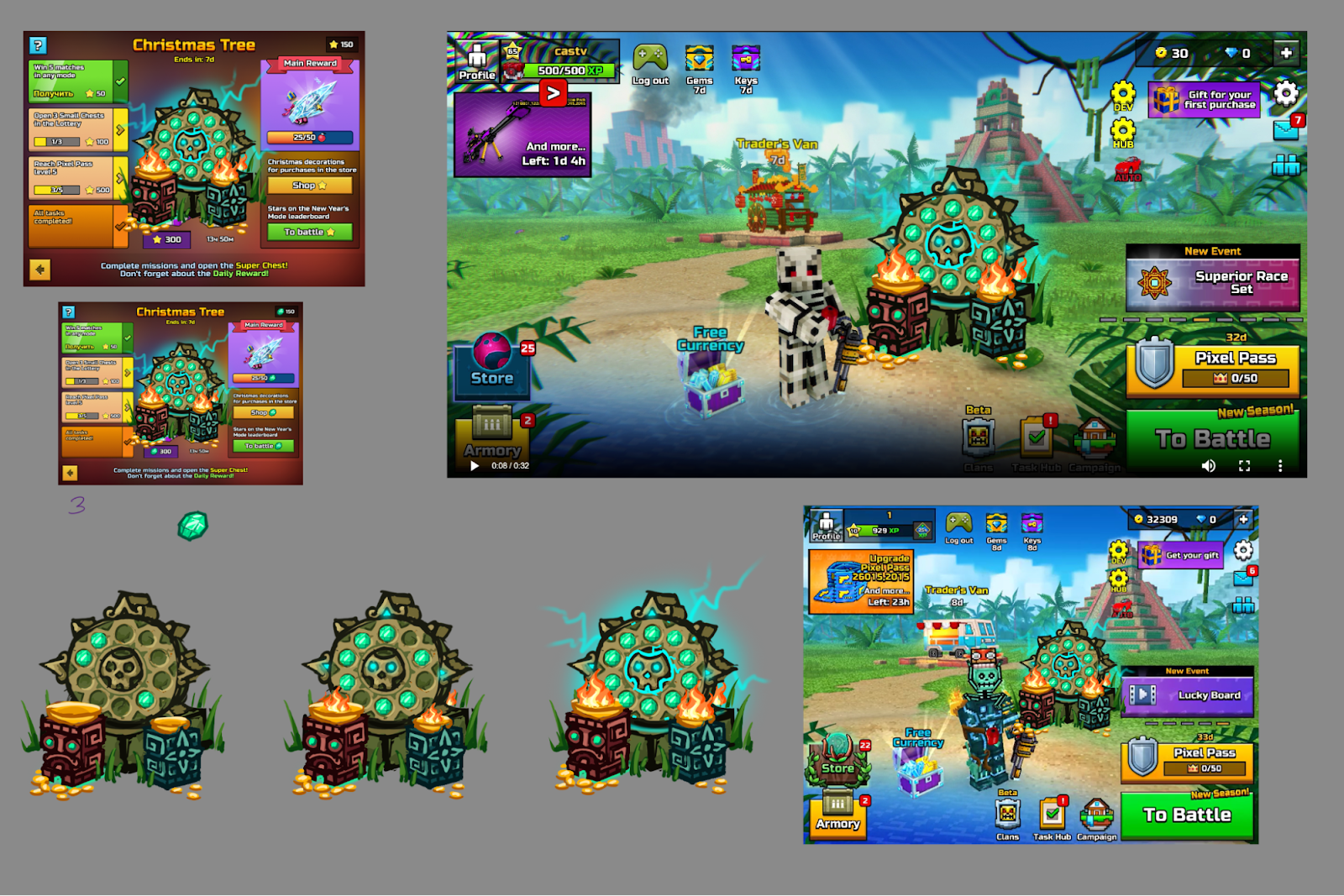
- Developing team reference boards/mood boards;
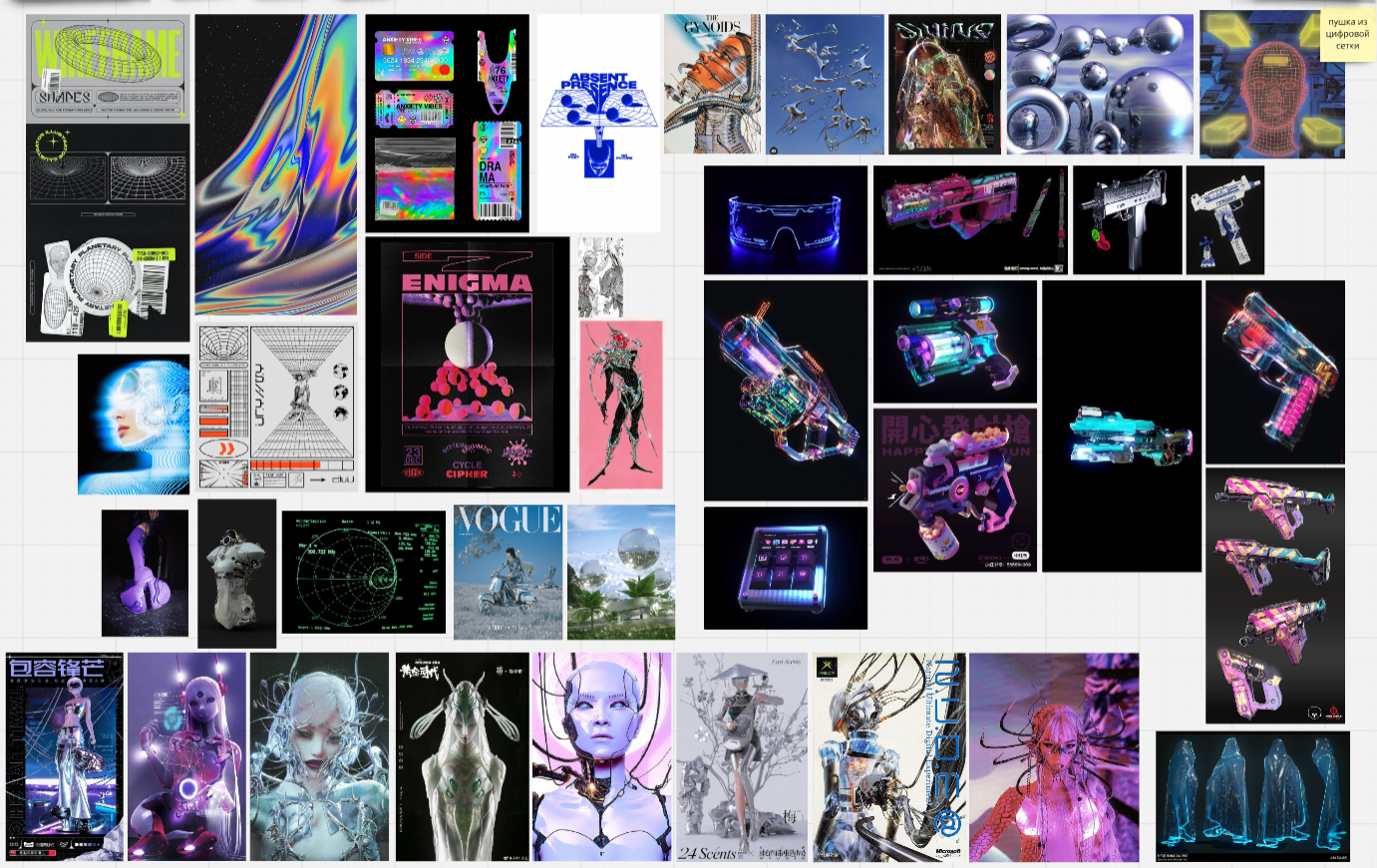
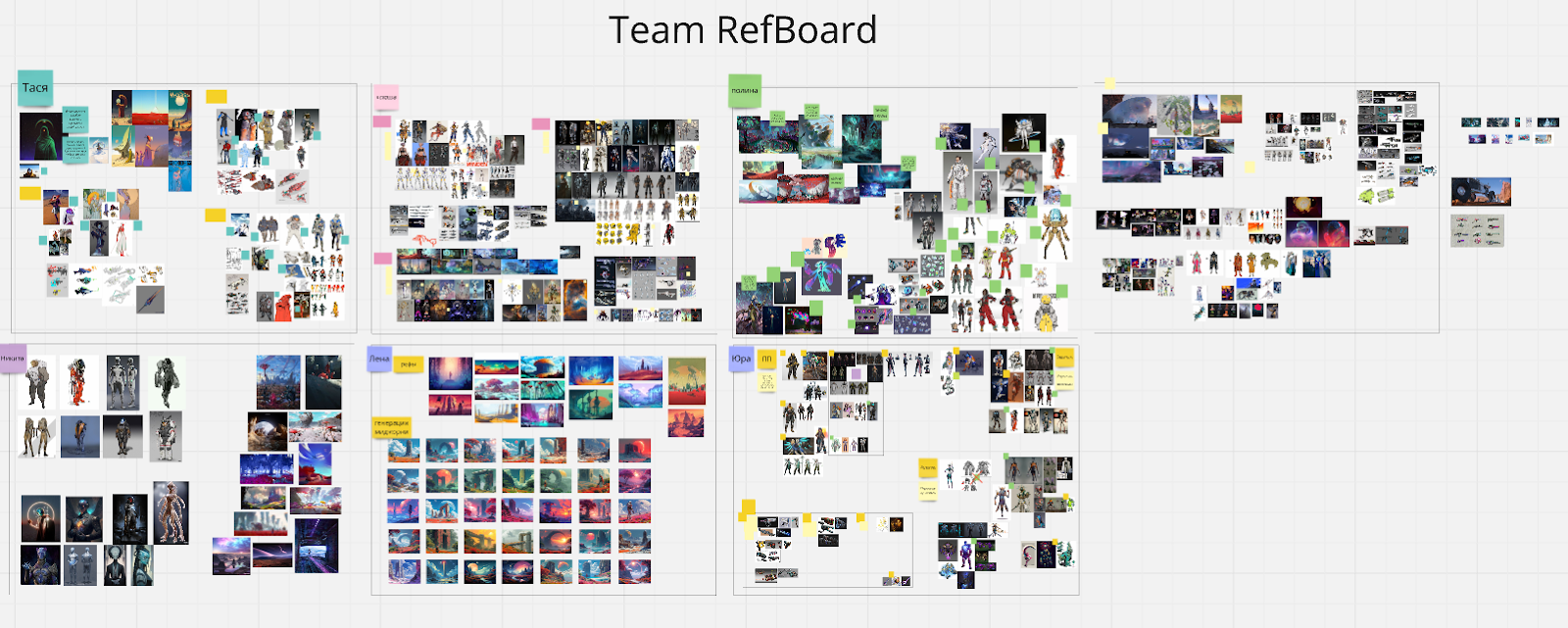
- Designing 2D concepts for characters, weapons, vehicles, backgrounds, and other in-game objects;
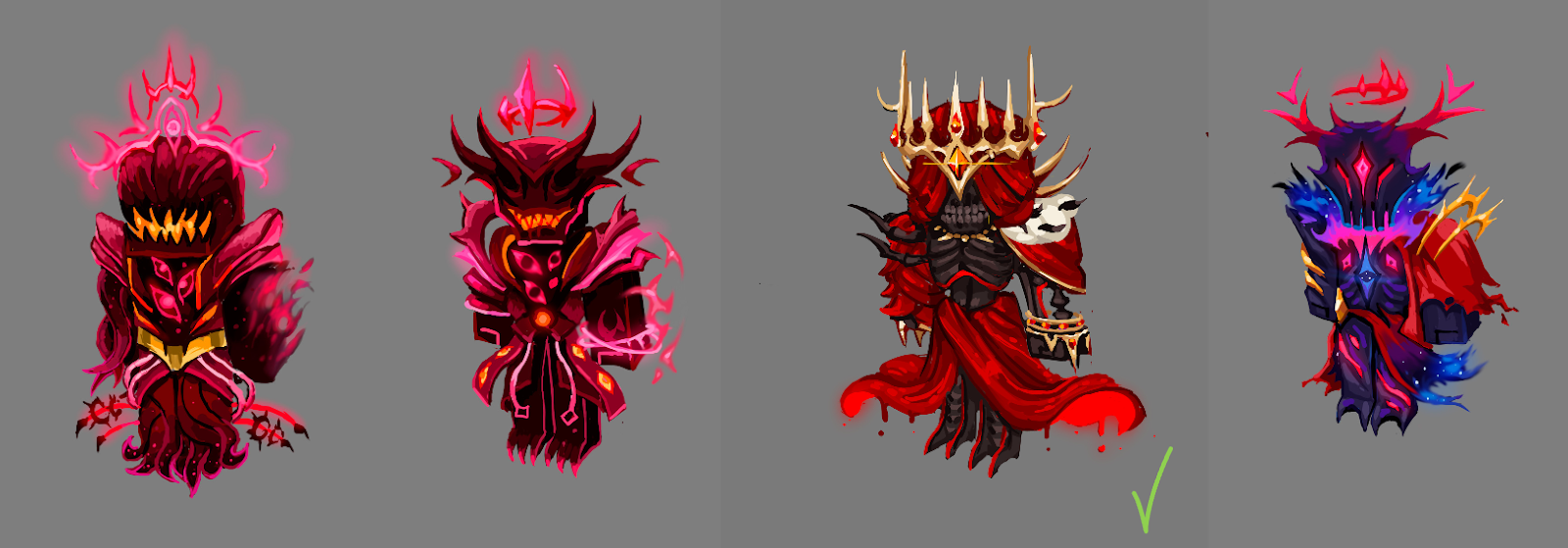
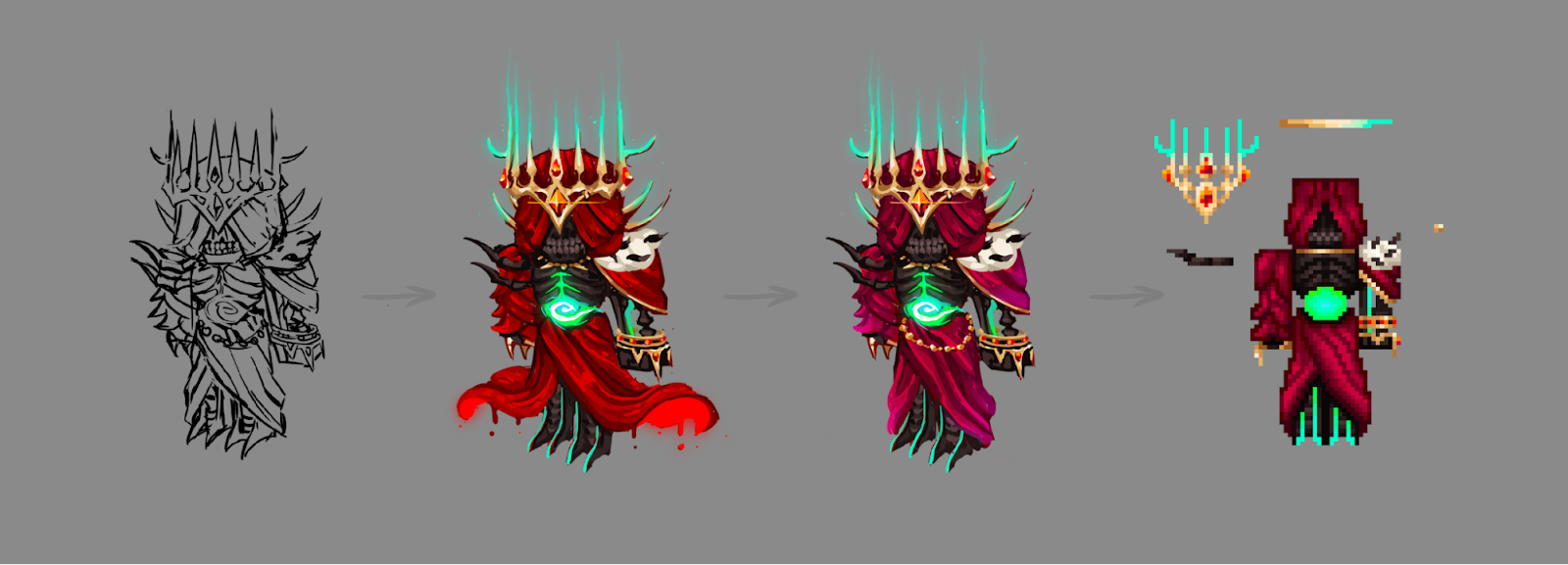
- Preparing 3D concepts in the form of voxel models and 3D drafts;
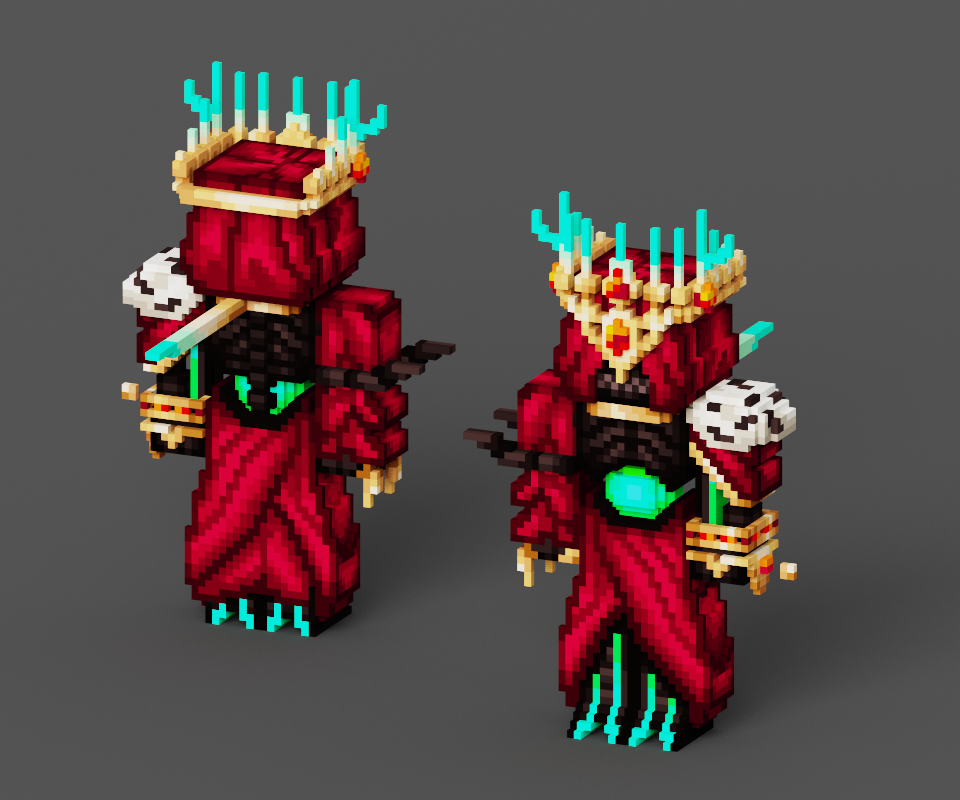
- Visualizing and planning animations and effects for in-game objects;

- Texturing finalized 3D models, including developing and creating skins;
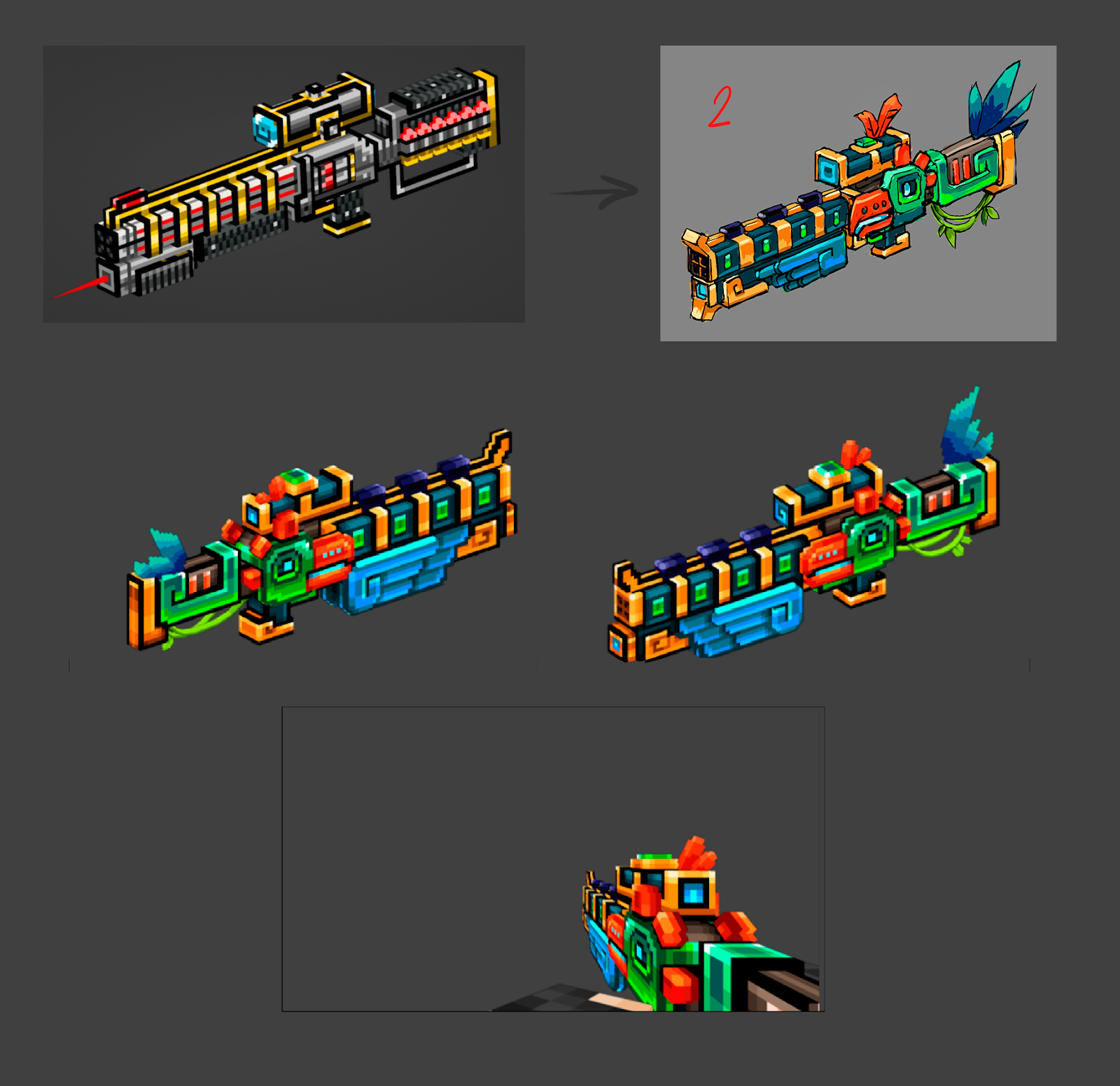
- Collaborating with the art director and other team members to ensure the visual style of the game is consistent;
- Contributing to the creation of style guides and other documents that outline the visual aspects of the game;
- Making revisions and refining concepts based on feedback from the team and the client.
What does a Concept Artist need to know to excel in their role?
The specific requirements for concept artists can vary by project, but in general, they should:
- Be highly creative, with the ability to generate a wide range of ideas;
- Thrive in uncertainty, often working with vague or incomplete briefs, always searching for the best solutions;
- Possess a strong artistic foundation, with a solid understanding of composition, form, color, light, perspective, and anatomy;
- Be adept at working with references and integrating them into their work;
- Have a well-trained eye for visuals and the ability to blend their observations seamlessly into their designs;
- Understand the fundamentals of design, including how objects will function within a given context;
- Be proficient in graphic design software, such as Adobe Photoshop;
- Have a basic understanding of 3D modeling and texturing;
- Be open to feedback and skilled at incorporating it into their work;
- Be resilient and capable of handling stress.
How to become a Concept Artist and what roles can they get in the future?
In game development, concept artists often transition from 2D or 3D art backgrounds. It’s a natural evolution for many artists, with some moving on to 2D, 3D, or roles in art direction and management.
In concept art, both aesthetic appeal and thoughtful design are equally important. To become a successful concept artist, you need to love drawing and enjoy thinking critically about your work.
When pursuing a career in concept art, it’s crucial to determine your area of focus. Do you prefer creating characters, environments, or weapons and vehicles? Are you drawn to game development or the film industry? Do you favor realism or stylization, fantasy or sci-fi?
Once you’ve identified your niche, research the market and target projects you’d like to work on. Explore platforms like ArtStation to see the work of other concept artists involved in those projects. Create art as if you’re already part of those teams. Seek feedback from experienced concept artists—this can be incredibly beneficial. Network within the game development industry; connections often lead to job opportunities. Don’t hesitate to reach out to companies you’re interested in, even if there’s no open position. Sometimes, a talented artist can be hired on the spot or contacted when a role opens up.
What does it take to develop your skills in this field?
The formula for your professional growth is simple:
5% theory + 85% practice + 10% quality feedback
Are there any red flags in this profession?
Creative burnout. As a concept artist, you’re expected to consistently deliver something new, fresh, and exciting. This demands finding innovative solutions to familiar problems, experimenting with new techniques, stepping out of your comfort zone, and engaging in constant brainstorming. All of this can lead to creative burnout, so it’s crucial to regularly seek inspiration and find ways to recharge.
Many concepts never see the light of day. It’s important to accept that, for instance, out of six concepts, only one may be chosen, while the rest are discarded and might never be seen or included in your portfolio.
Subjectivity. In creative fields, personal taste often plays a significant role. It’s beneficial when everyone involved in the process can back up their decisions with solid reasoning, but even then, personal preference can still influence the outcome.
Concept ≠ Implementation. This is a common reality in the industry.

Recommended reading for this profession
Visit ArtStation frequently to stay inspired.
I also recommend the following:
- “Tips and Tricks for Creating Concept Art in the Game Industry” by Paul Richards;
- “Framed Ink: Drawing and Composition for Visual Storytellers” by Marcos Mateu-Mestre;
- “Color and Light” and “Imaginative Realism” by James Gurney.
